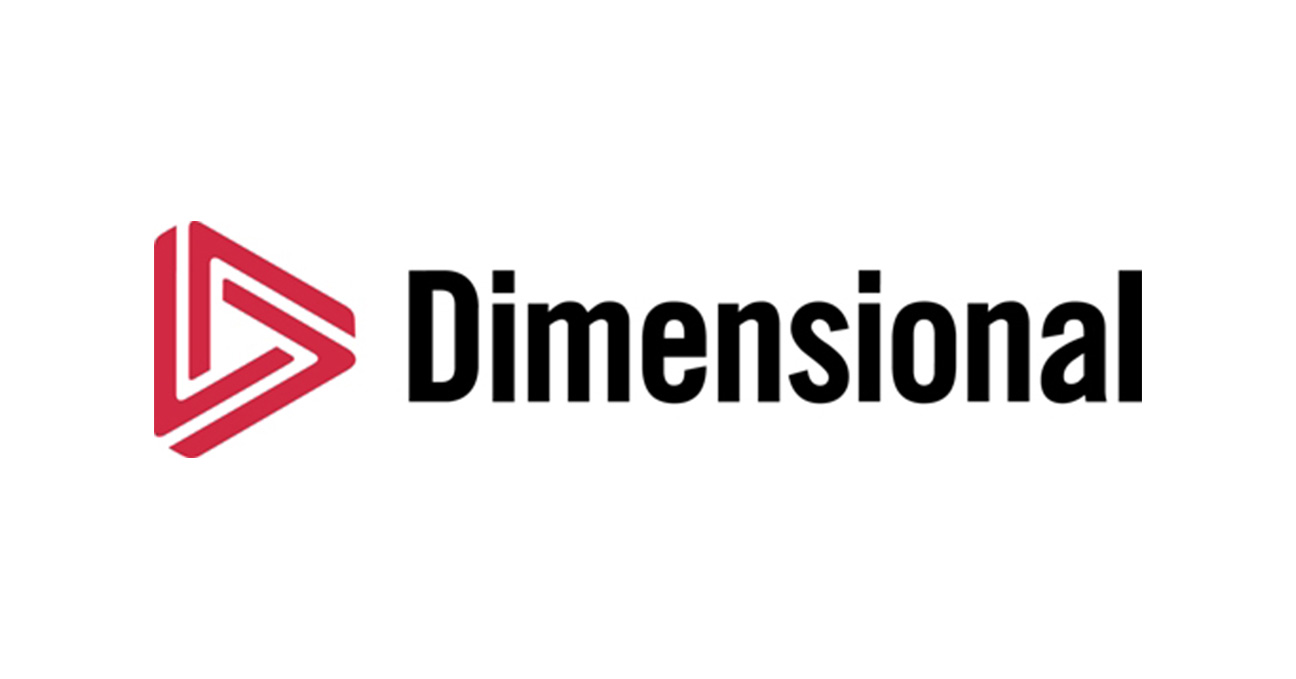Most people think of estate planning as something that only applies to the very wealthy. That’s a costly misconception. Estate planning isn’t just about who gets what when you die. It’s also a way to reduce taxes while alive and potentially leave more for your heirs later.
Let’s explore how advanced estate planning strategies can reduce your tax burden. These techniques are often overlooked, but when applied correctly, they can create significant advantages for you and your family.
Why estate planning is really about tax planning
A good estate plan does more than distribute assets. It also creates structures to minimize estate, gift, and income taxes. The wealthier you are, the more you’re exposed to these taxes, but even modest estates can benefit from thoughtful planning.
In 2025, federal estate taxes apply to estates over $13.99 million for individuals and $27.98 million for married couples. Congress passed the One Big Beautiful Bill Act in July 2025, which made the higher exemption levels permanent by eliminating the 2026 sunset provision.
Beginning in 2026, the exemption is now permanently set at $15 million per individual ($30 million for married couples) and is indexed annually for inflation.
Even if your estate is below those thresholds, your heirs may face capital gains or state-level estate taxes, depending on where you live.
Gifting assets now to avoid future tax headaches
One of the simplest ways to reduce your taxable estate is to give away assets during your lifetime. The IRS allows you to gift up to $19,000 per person annually (as of 2025) without using your lifetime exemption or paying gift tax.
These gifts can be direct cash transfers, securities, or business interests. Over time, this strategy can remove significant wealth from one’s estate.
If you’re married, you and your spouse can combine your gifts and give $38,000 per person annually in 2025. For example, a couple with two children and four grandchildren could give away $228,000 each year completely tax-free.
Gifting also removes the future growth of those assets from your estate. If you give your son $50,000 in stock today and it grows to $150,000 by the time you die, that growth avoids estate tax.
Grantor retained annuity trusts (GRATs)
A GRAT allows you to transfer appreciating assets from your estate while retaining an income stream for years. At the end of the trust term, the remaining assets pass to your beneficiaries, often with little or no gift tax.
GRATs work best when interest rates are low and the transferred assets are likely to appreciate significantly. You can “zero out” the gift by structuring the annuity payments so that the gift value is close to zero for tax purposes.
These trusts are especially powerful for transferring interests in closely held businesses or rapidly growing stocks.
As of June 2025, the IRS Section 7520 rate is 5%. This monthly benchmark helps calculate the present value of annuities and other interest-based estate planning vehicles like GRATs. If assets in a GRAT grow faster than the 5% assumed rate, the excess growth can pass to heirs free of gift tax, making it a powerful tool for transferring wealth tax-efficiently.
This provision allows for the tax-efficient growth of wealth that can benefit future generations, provided the investments consistently outperform this threshold. It’s important to monitor your investment strategy to maximize returns while also being mindful of the IRS guidelines.
Intentionally defective grantor trusts (IDGTs)
An IDGT is a trust treated as a separate legal entity for estate tax purposes, but as part of your personal income tax return. This quirk makes it a powerful planning tool.
Here’s how it works: you sell assets to the trust in exchange for a promissory note. As those assets grow, the appreciation stays out of your estate. Meanwhile, you pay the income taxes on the trust’s earnings, reducing your estate without triggering gift tax.
You’re making additional tax-free gifts to the trust each year by paying its tax bill. Over time, that creates significant value for your beneficiaries.
IDGTs are often used with valuation discounts when transferring interests in family businesses or real estate entities, reducing the value for gift tax purposes.
Spousal lifetime access trusts (SLATs)
A SLAT lets you take advantage of the current high estate tax exemption while giving your spouse indirect access to the assets.
One spouse creates an irrevocable trust for the benefit of the other. The gift uses part of their exemption, and the assets (and future appreciation) are removed from the taxable estate.
This strategy works well for couples who want to take advantage of the current high exemption while retaining some access to the assets. If done correctly, the donor spouse can still benefit indirectly through their spouse’s access to the trust.
Careful drafting is critical. If spouses create SLATs for each other, they must be structured differently to avoid IRS scrutiny under the reciprocal trust doctrine.
Charitable remainder trusts (CRTs)
CRTs allow you to donate assets to a trust that provides you (or another beneficiary) with an income stream for life or a term of years.
When the trust ends, the remaining assets go to your chosen charity.
You get an immediate income tax deduction based on the value of the remainder interest that will eventually go to charity. The trust itself can sell appreciated assets without triggering capital gains tax.
This strategy works exceptionally well to diversify your low-basis stock or real estate. The CRT defers the taxes and gives you income, a deduction, and a charitable legacy.
Dynasty trusts to leverage generation-skipping transfers
Establishing a dynasty trust can be an effective and tax-efficient solution for ensuring your wealth benefits your children, grandchildren, and future generations. A dynasty trust is a long-term trust designed to last for several generations, allowing wealth to be passed down without being subjected to estate taxes at each generational level.
One significant advantage of a dynasty trust is its ability to utilize the generation-skipping transfer (GST) tax exemption. This exemption is currently set at the same level as the federal estate tax exemption, allowing a substantial amount of wealth to be transferred tax-free. By strategically allocating your GST exemption to a properly structured dynasty trust, you can effectively shield the assets held within the trust from estate taxes for multiple generations.
This mechanism not only preserves family wealth over time but also ensures that it can be used to support loved ones in the future. With thoughtful planning and adherence to state laws regarding trusts, a dynasty trust can serve as a powerful financial tool for maintaining family legacies and achieving long-term financial goals.
Dynasty trusts are especially effective in states that allow perpetual or long-term trusts. They can serve as long-term asset protection vehicles and provide professional asset management.
Private placement life insurance (PPLI)
For high-net-worth families with taxable investment portfolios, PPLI can offer a way to invest in tax-deferred vehicles while incorporating estate planning benefits.
With PPLI, investments grow tax-deferred inside a life insurance policy. Upon death, the death benefit passes to heirs income tax–free and outside of the estate if an irrevocable trust owns the policy.
The costs of PPLI are typically lower than traditional retail variable life insurance policies, and the investment options can be tailored to your strategy. PPLI isn’t for everyone, but for the right families, it can be a powerful tool.
Family limited partnerships (FLPs)
An FLP lets you consolidate and manage family assets such as real estate or business interests in a centralized structure. You retain control through a general partnership interest while gifting limited partnership interests to family members.
The value of the gifted interests is often discounted due to a lack of control and marketability. These discounts, usually 20% to 40%, are based on the lack of control and marketability and must be supported by a qualified appraisal to withstand IRS scrutiny. These discounts can reduce the amount of gift and estate tax due.
An FLP allows you to establish formal governance, provide asset protection, and gradually transition control to the next generation. This strategy works best as part of a comprehensive wealth transfer plan.
Now is the time to act
These advanced strategies work best when coordinated proactively, taking advantage of today’s high estate and gift tax exemptions, favorable interest rate environments, and market conditions.
While the One Big Beautiful Bill Act of 2025 made the $15 million per-person exemption permanent (indexed for inflation), Congress can change the law anytime. Acting now lets you implement structures that protect your wealth, minimize taxes, and give you flexibility for the future.
Talk with your estate planning attorney, CPA, and financial advisor to get everyone on the same page. The potential long-term tax savings and family benefits can be substantial.














